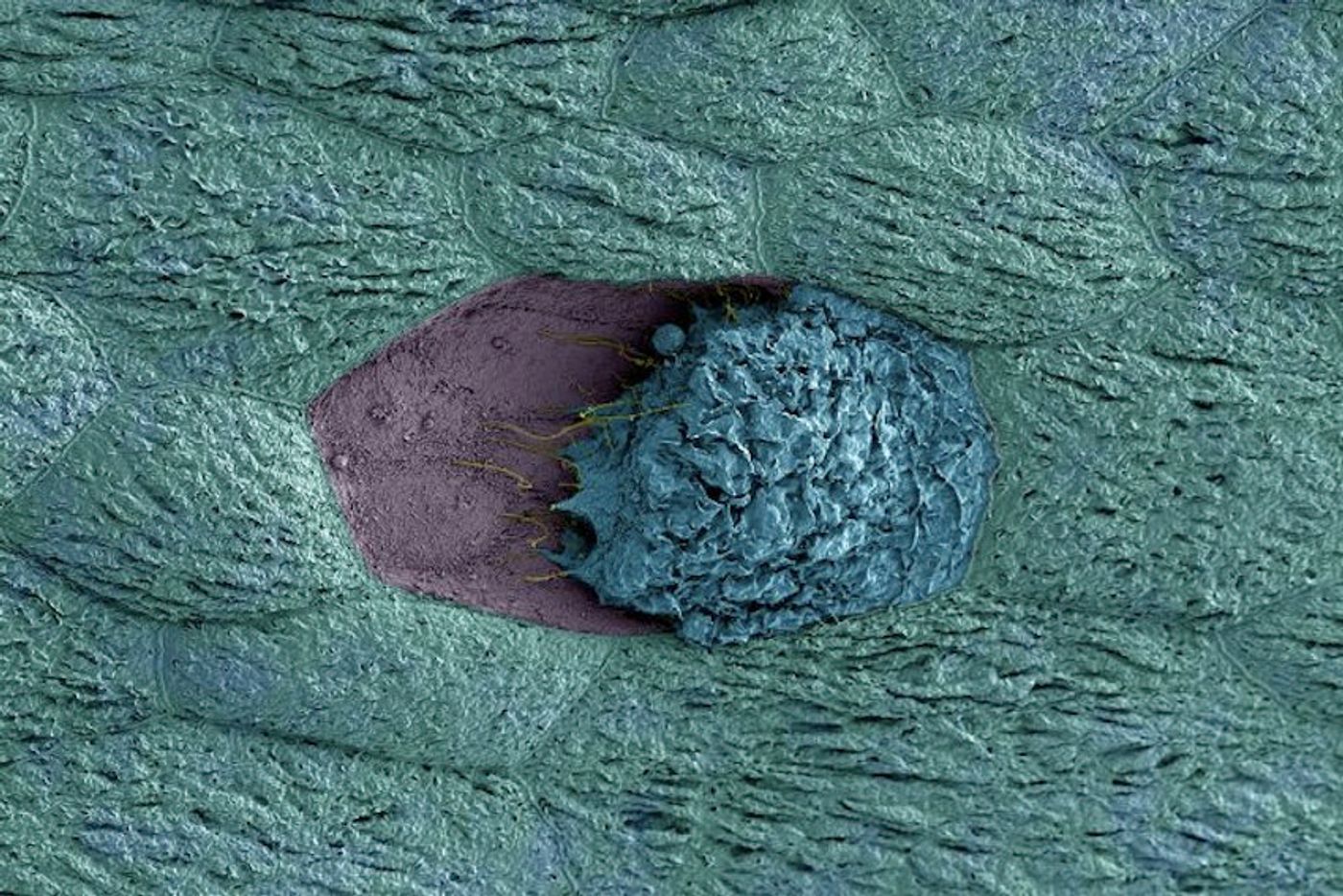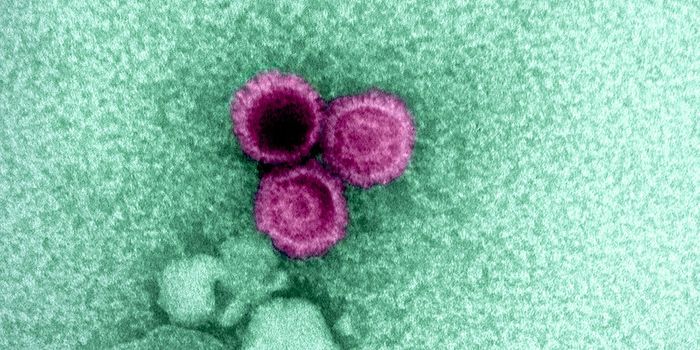Vaginal Bacterium may be to Blame for Recurrent UTIs
Urinary tract infections (UTI) are painful and unfortunately they’re also quite common; half of all women will eventually get a UTI and about a quarter will suffer from recurrent infections. New work from researchers at the University of Washington has revealed more about these persistent infections - they can be triggered by vaginal bacteria that gets into the urinary tract. The findings have been reported in PLOS Pathogens.
UTIs are typically caused by bowel bacteria that invades the urinary tract or more commonly, the bladder. In young women that are sexually active, the bacterium E. coli is to blame for 80 percent of UTIs. It had been thought that recurring infections were caused by the same process. While it’s possible to treat UTIs with antibiotics, every time an infection happens it makes another more likely. This new work suggests however, that it’s not another invasion of E.coli causing the UTI, it’s a vaginal bacterium called Gardnerella vaginalis. This microbe can trigger E. coli that’s hanging out in the bladder to intitiate another UTI. The researchers also found that G. vaginalis could be contributing to kidney infections as well, a far more serious condition.
"We found that a particular vaginal bacterium, Gardnerella vaginalis, did not cause infection during exposure to the urinary tract, but it damaged the cells on the surface of the bladder and caused E. coli from a previous UTI to start multiplying, leading to another bout of disease," said the senior author of the new work, Amanda Lewis, PhD, an assistant professor of molecular microbiology and of obstetrics and gynecology at Washington University.
While it’s known that E. coli bacteria can lie dormant, only to later reactivate and cause infection, the trigger for this process has been unknown. This work is the first to suggest a mechanism. The researchers began their work identifying a potential mechanism because of a condition that has been associated with UTIs, bacterial vaginosis. The condition, a vaginal odor and discharge, is caused by an overgrowth of pathogenic bacteria.
For this work, the scientists used mice to model UTIs by infecting their bladders with E. coli. The mice were allowed to recover, and after a month there was no detection of E.coli in the urine of the mice. Previous work has indicated that E.coli remains at low levels in the bladders of such mice. The researchers then added one of two bacteria to the mouse bladders, either normal vaginal bacterium Lactobacillus crispatus, or G. vaginalis, which is linked to bacterial vaginosis; or a control - sterile saltwater.
The investigators found that with 12 hours, the bladder eliminated both types of vaginal bacteria. Even so, they also observed E. coli in the urine of over half of the mice that had been given G. vaginalis, which indicates a recurrent UTI. Compared to mice exposed to saltwater or normal vaginal bacteria, those exposed to G. vaginalis were about five times more likely to develop another UTI.
"The mice are not being reinoculated with E. coli," O'Brien noted. "Instead, the bacterial reservoirs already in the bladder emerge out of the tissue, multiply and cause another infection."
Additionally, in some G. vaginalis-exposed mice, the bacteria migrated all the way to the kidneys. Kidney infections are rare in women, but serious; symptoms include fever, back pain, nausea and vomiting, and can be cause death. "When we looked, we could see that this severe kidney damage was almost exclusively happening in the G. vaginalis group," Lewis explained.
The researchers said that normally, not much attention is paid to G. vaginalis in women with UTIs, but maybe that should change. "If a clinical lab finds G. vaginalis in a UTI sample, perhaps they shouldn't assume it's just a contaminant from the vagina," Gilbert said. "Our results suggest it could be contributing to the disease."
This work may also help explain why some women get a recurrent UTI after they’ve had sex. "A lot of women swear that every time they have sex they get a UTI, and obviously that's a huge burden," Lewis said. "We don't doubt that re-infection with E. coli is partly responsible, but we think we've found another pretty compelling reason why the connection between sexual activity and recurrent UTI might exist: Vaginal bacteria like G. vaginalis are moved into the urinary tract during sex."
Researchers may have to take another look at treatments for UTIs; standard antibiotics will not eliminate G. vaginalis.
Learn more about UTIs in the video.
Sources: AAAS/Eurekalert! via Washington University School of Medicine, PLOS Pathogens









